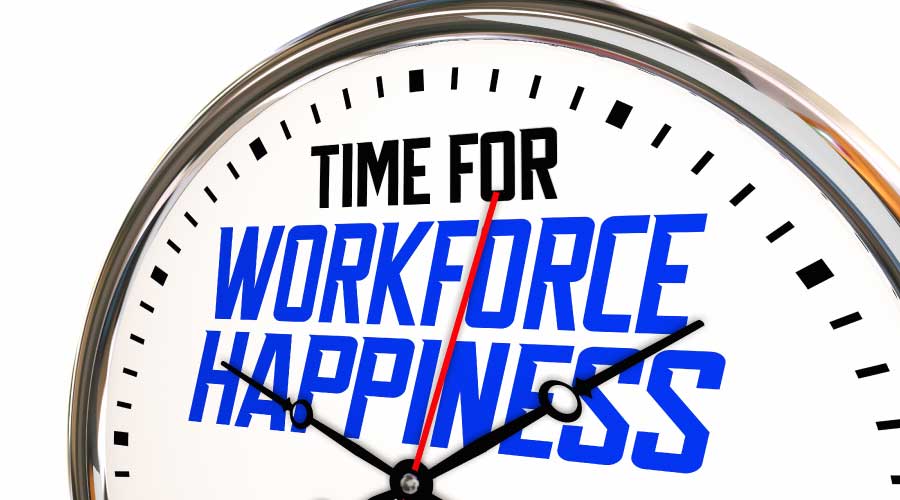New-Employee Orientation: Eight Elements of Success
The first step is to gather the department policies and procedures that detail the desired expectations for new employees. Hopefully, most of the information necessary to re-establish an orientation program is available at your department's website. If not, now is a good time to start developing it. Here is a review of items necessary to get started:
Vision statement. Most organizations have one, but few people within the organization understand it and know what it really means. Review it with new employees, and explain what it means and how an individual can affect it.
Mission statement. This often unknown or misunderstood statement sets the department's direction and provides guidance for employees. It simply states, "This is what we are all about as an organization."
Shared beliefs or core values. These statements identify desired organizational behaviors and guide the daily conduct of the organization. They can be as simple as, "All work will be accomplished within the work-order system," or they can be more philosophical, such as, "We are a learning organization and will learn from our successes, as well as our failures." These are your organization's expectations, and you need to review and explain them to new employees to ensure personal interpretations do not differ from the intended meaning, Most importantly, new employees must adhere to them.
Position descriptions. Detailed position descriptions are necessary to clearly identify responsibilities and accountabilities. These requirements should be clear and concise, with specific details and expected accomplishments of routine activities. Details should come from the work flows and processes. It is critical that you review position descriptions with the employee to clearly identify expectations and reinforce responsibilities and accountabilities. Each employee should have a copy of their position description and that of their supervisors.
Work flows. Work-flow documents are necessary to establish and document standards, as well as to ensure employees follow them. No facility can afford to have a staff on which each individual has his or her own way of working. Work flows represent the most efficient and effective way to safely accomplish activities, while affording opportunities for continuous improvement.
Responsibilities and accountabilities. Upon completing the work flows, you next should identify each step by role or roles, then designate the person responsible for completing the step, the role accountable for its completion, the role that enables completion, and the role notified the task has or has not been completed. You should review work flows with the employee to ensure nothing falls through the cracks and to reinforce responsibilities and accountabilities.
Organizational reporting and structure. You should review with each employee an updated organizational chart with reporting structures. The reporting structure should reinforce the appropriate chain of command for the organization. Remember the "angry one." If you don't tell the employee, he or she will.
Metrics, or key performance indicators. Managers must conduct a review of current metrics, or key performance indicators, taking time to explain what the metric or indicator measures, the way the organization uses the information to drive behaviors, and, most importantly, the way each employee can affect it.
The Payoff
Managers who gather all the above information and bundle it together have ample material to re-establish an effective new-employee orientation program. Obviously, the human resources department will have additional requirements, but the culture, behavior, and expectations of the maintenance and engineering department will be much clearer to the new employee
Try it. Walk by the lunchroom tomorrow, and identify your vocal leader holding a session. Or talk with the newest employees and see if their views on behaviors and expectations match the department's mission and vision. The answers might be surprising.
One more thing: The "angry one" might not be as angry or vocal when new employees continually tell them their way is not the way the organization does things.
Dave Bertolini is a managing principal with People and Processes Inc., which specializes in changing cultures from reactive to proactive through the optimization of people and processes. He has more than 30 years of experience in improvement initiatives for institutional, commercial and manufacturing facilities.
Agree? Disagree? Have something to say?We want to hear from you. Visit myfacilitiesnet.com/members/DaveB/default.aspx, and "Start a Conversation."
Related Topics:












